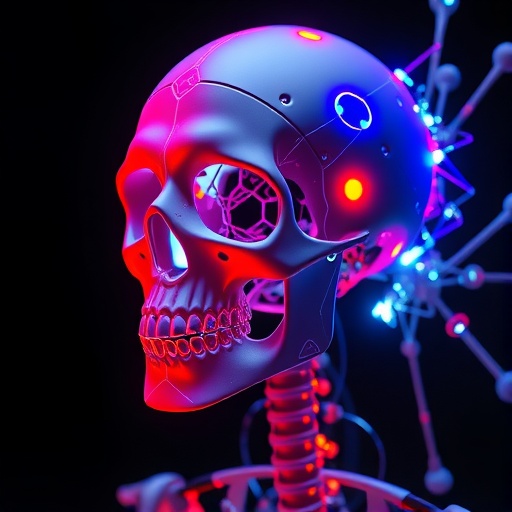Human embryonic stem cells are considered to be immortal: they do not age, they can proliferate indefinitely, and form any tissue of the organism. As such, they do not accumulate damaged proteins like the ones related with diseases such as Alzheimer's or Huntington's. For this reason, they are especially interesting for aging research. One of the mechanisms underlying immortality is the 'garbage disposal system' known as the proteasome, a key node of the proteostasis network.
Of key relevance in the proteasome system are the so-called E3-ubiquitin ligases. These enzymes mark proteins for degradation to keep the cells in a healthy state. 'It's like putting a label on them and marking those which are not functioning', explains Isabel Saez Martinezfrom CECAD, the main author of the paper. 'We screened more than 600 proteins systematically and narrowed it down to 30 E3 ligases of special interest.' After finding those ligases, the levels of E3 ligases were silenced by using the genome editing method CRISPR and RNAi approaches. The authors were surprised not to find a phenotype, the stem cells acted normal. 'That might be due to the redundancy of the proteins', Isabel Saez Martinez adds. On the other hand, they found that a global reduction in the proteolytic activity affects many intrinsic characteristics of embryonic stem cells, providing a link between immortality and up-regulated protein degradation. In the next steps, the influence of those proteases on the aging process and their interaction partners should be examined.
Since accumulation of damaged proteins is linked to many neurodegenerative disorders, a better understanding of the processes of stem cell function and proteostasis could lead to better treatment of those illnesses. 'Even if we generate pluripotent stem cells of patients with those diseases, they do not have the toxic proteins. That gives us hope of treating those illnesses after further research', says David Vilchez.
###
The paper was published online in Scientific Reports.
Original Publication:
Insights into the ubiquitin-proteasome system of human embryonic stem cells
Isabel Saez, Seda Koyuncu, Ricardo Gutierrez-Garcia, Christoph Dieterich & David Vilchez
Scientific Reports doi:10.1038/s41598-018-22384-9
Media Contact
David Vilchez
[email protected]
49-221-478-84172
@UniCologne
http://www.uni-koeln.de
https://www.nature.com/articles/s41598-018-22384-9
Related Journal Article
http://dx.doi.org/10.1038/s41598-018-22384-9




